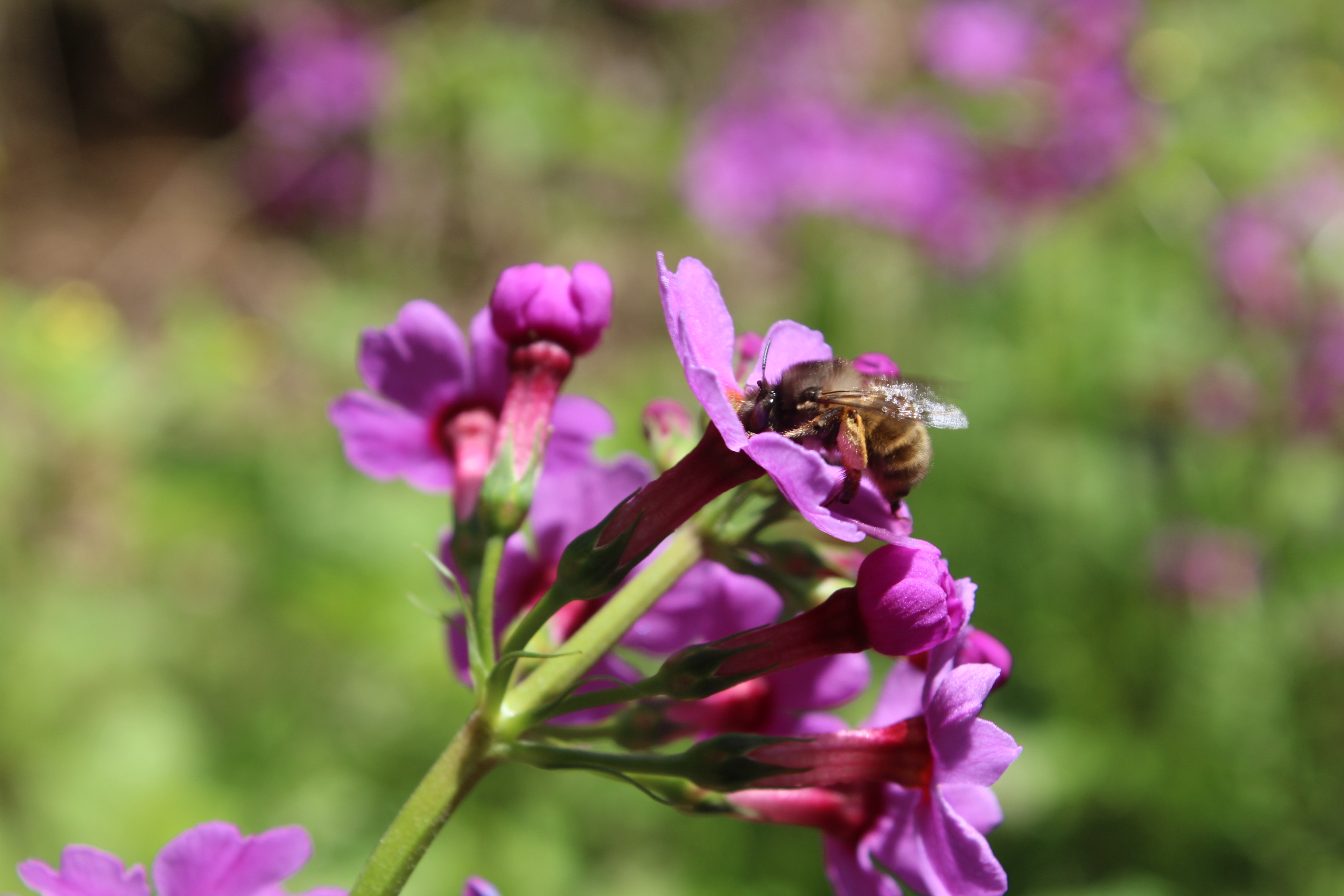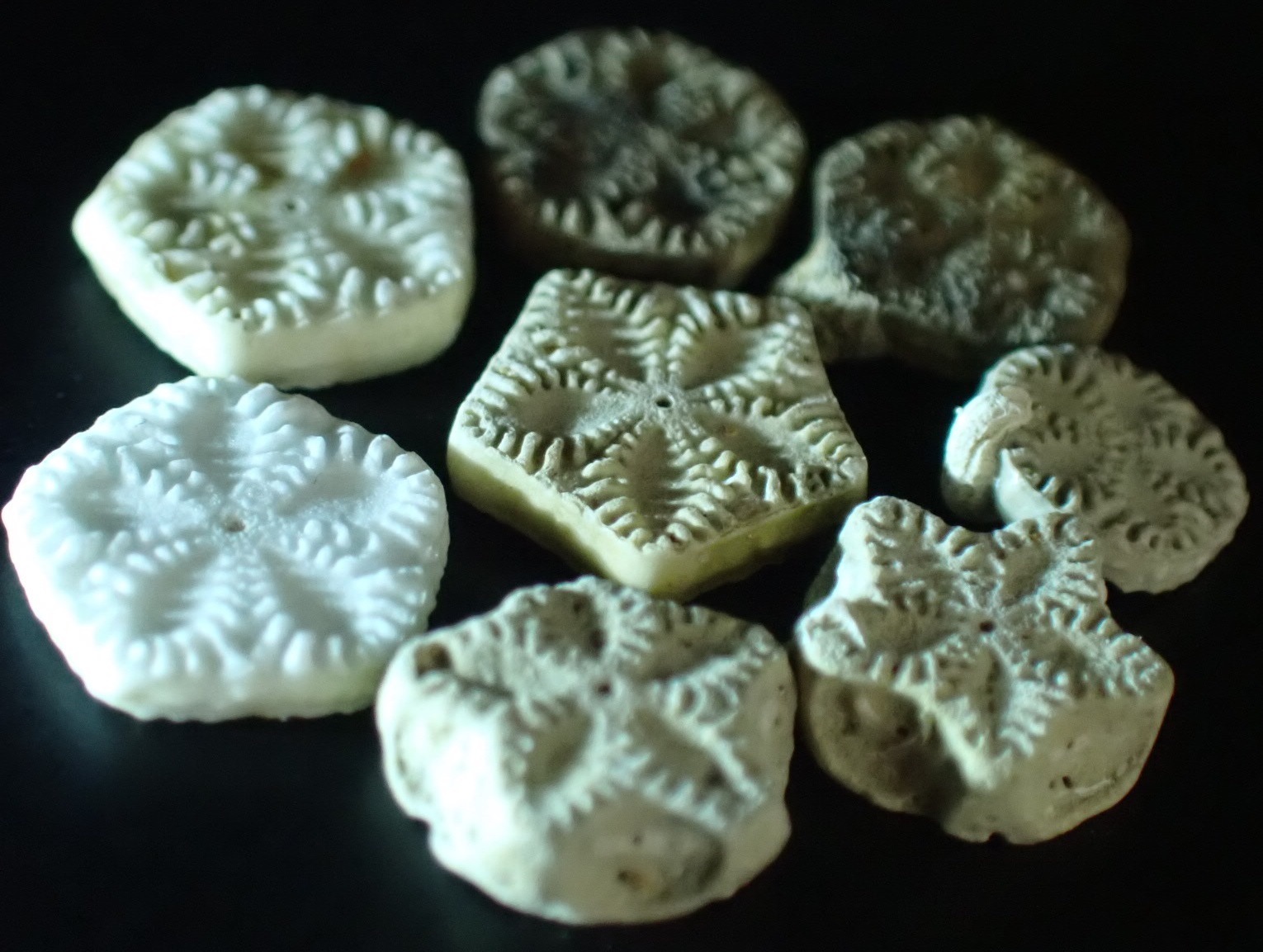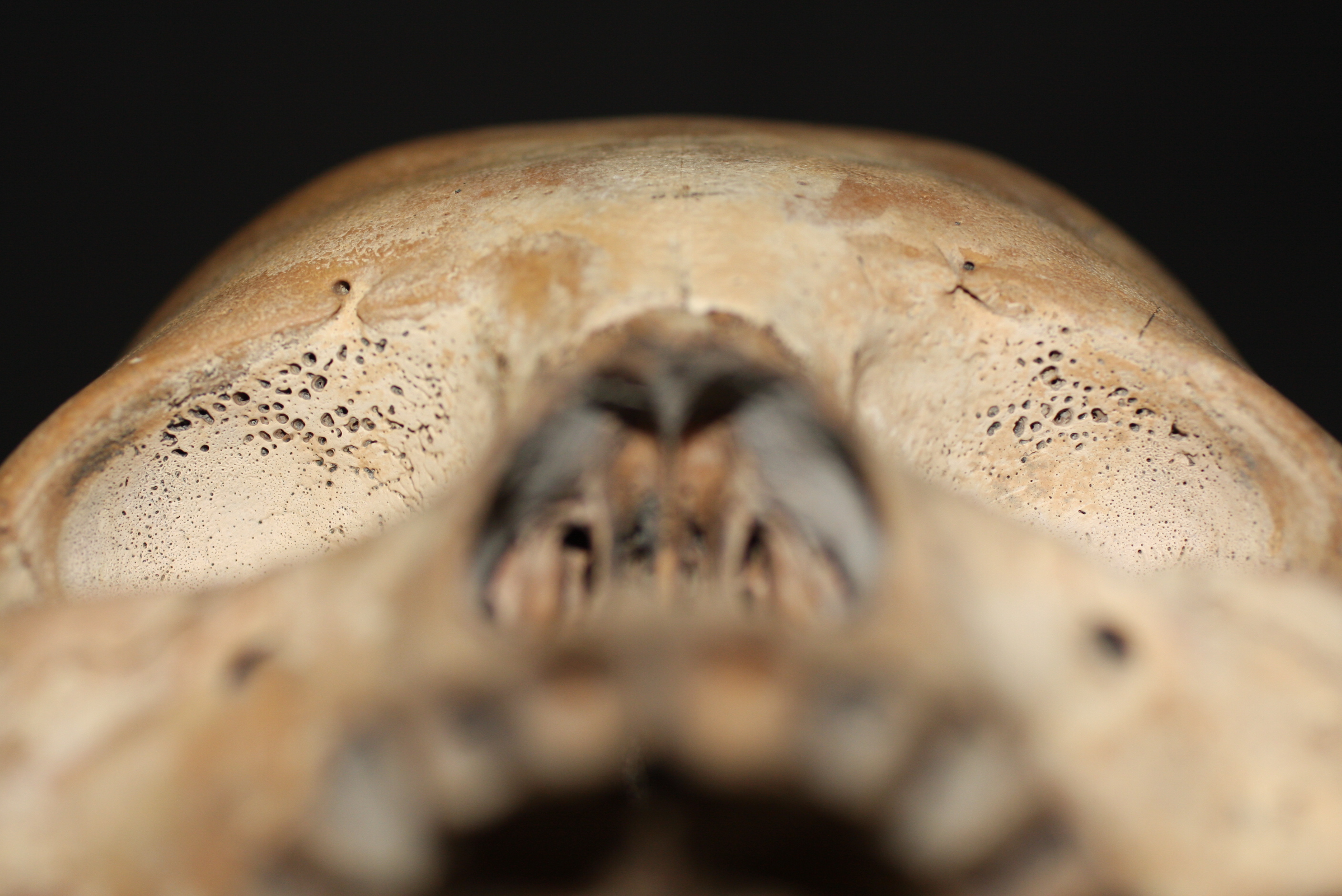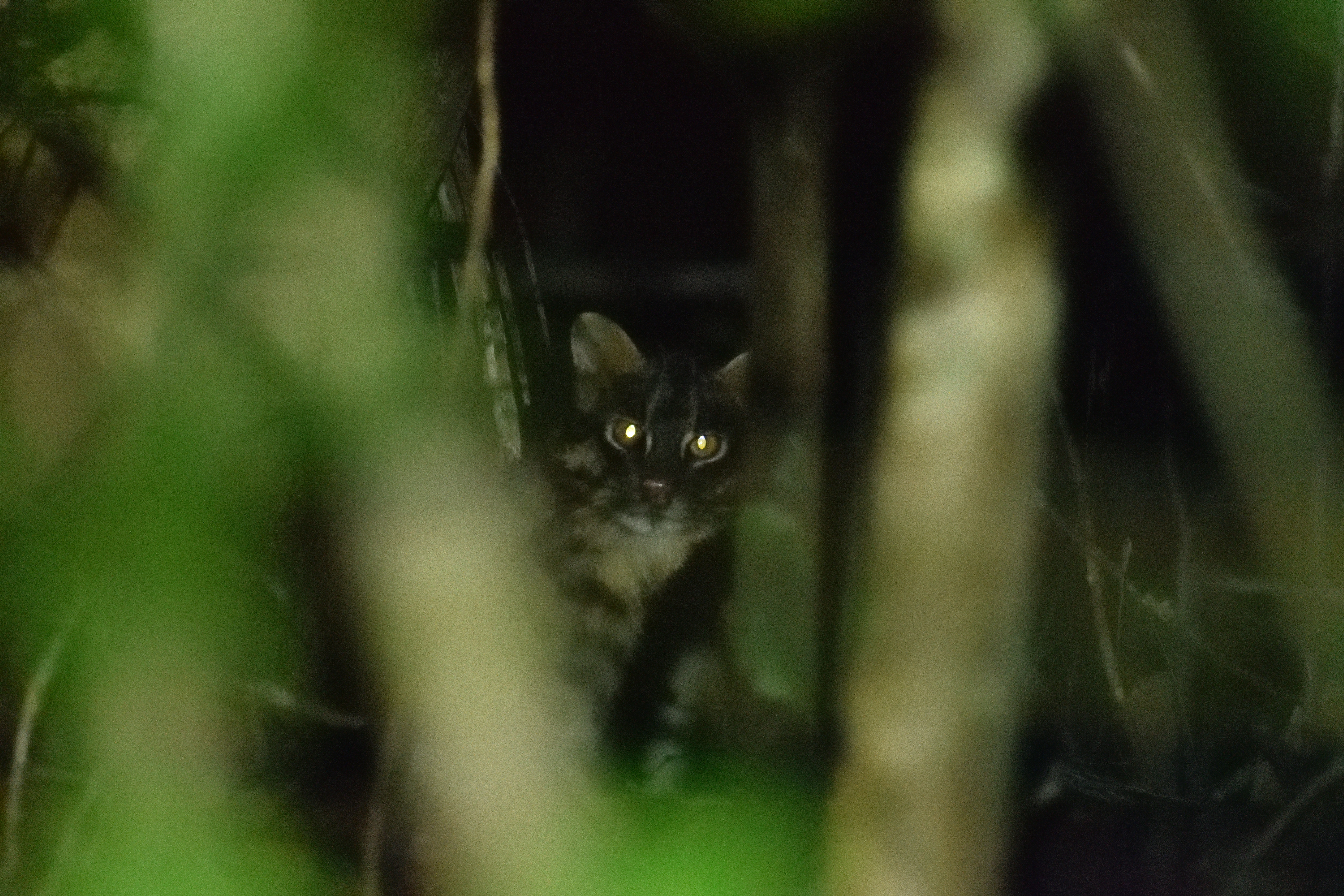DATE2023.08.04 #Events
Disclaimer: machine translated by DeepL which may contain errors.
Communications & Public Relations Committee
The University of Tokyo's Graduate School of Science and Faculty of Science held the "The University of Tokyo School of Science Image Contest 2023" from May 26 to July 25, 2023, to capture a moment of daily research and educational activities and compete in their beauty.
The image contest had been held as part of the Open Campus, but this year it was held independently again because the Open Campus was held online.
This year we received 30 entries from science students, faculty, and campus staff.
Voting was conducted by the constituent members of the Faculty of Science Communications & Public Relations Committee, and the top three entries receiving the most votes were selected for the Excellence Awards.
The Excellence Award winners will receive a certificate of commendation and a book token as a prize.
Some of the entries, including the Excellence Award winners, will be published in the Image Bank of the Faculty of Science of the University of Tokyo.
The image contest will be held again next year and beyond.
Grand Prize
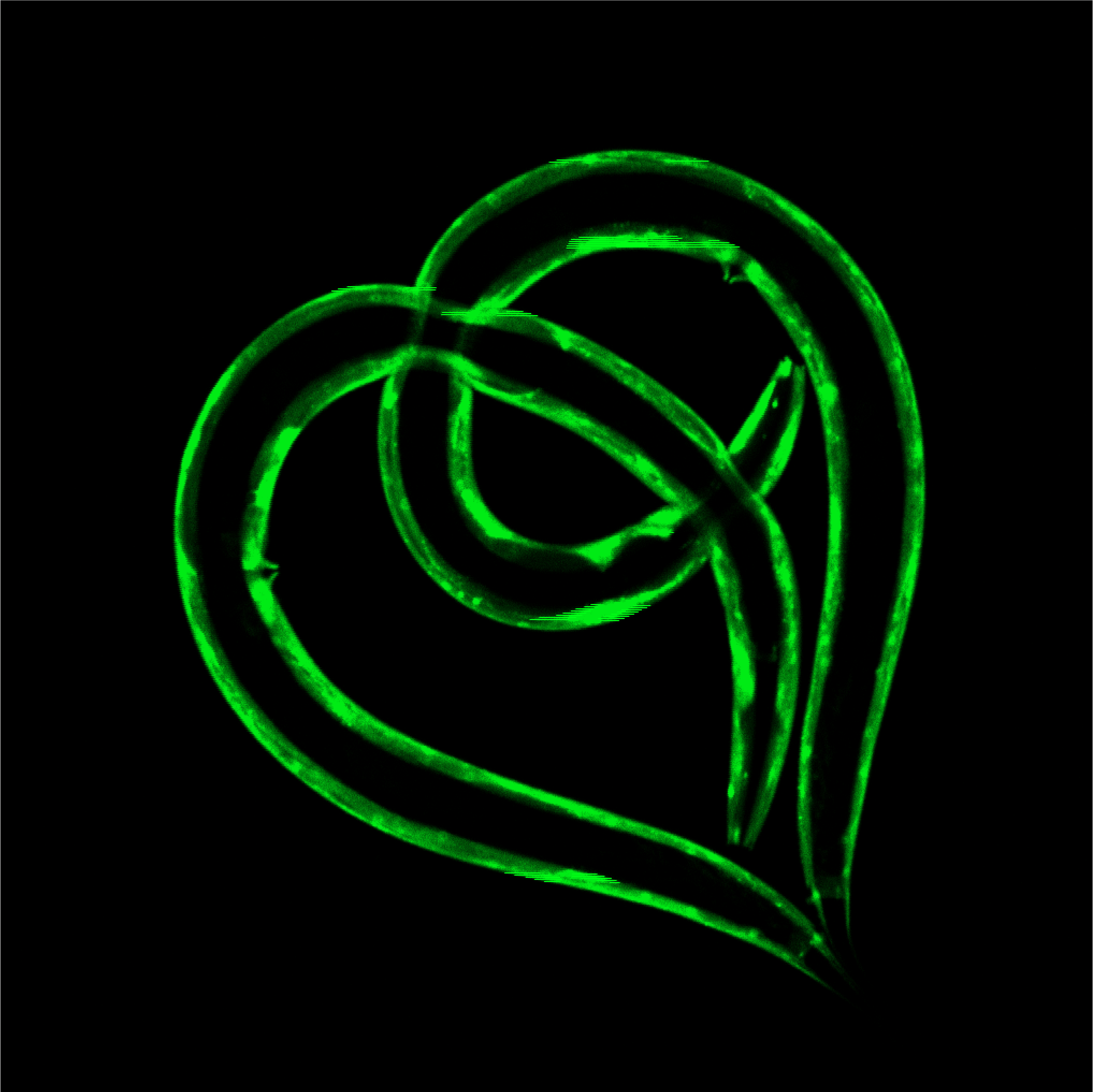
The warm heart of worms" by Shinichi Miyazaki, Assistant Professor, Sleep Physiology Laboratory, Department of Biological Sciences
When I looked at the nematode under the microscope, I saw this figure. I was so excited that I took many pictures. The asymmetrical hearts are also tasteful and heart-warming, don't you think?
Excellence Award
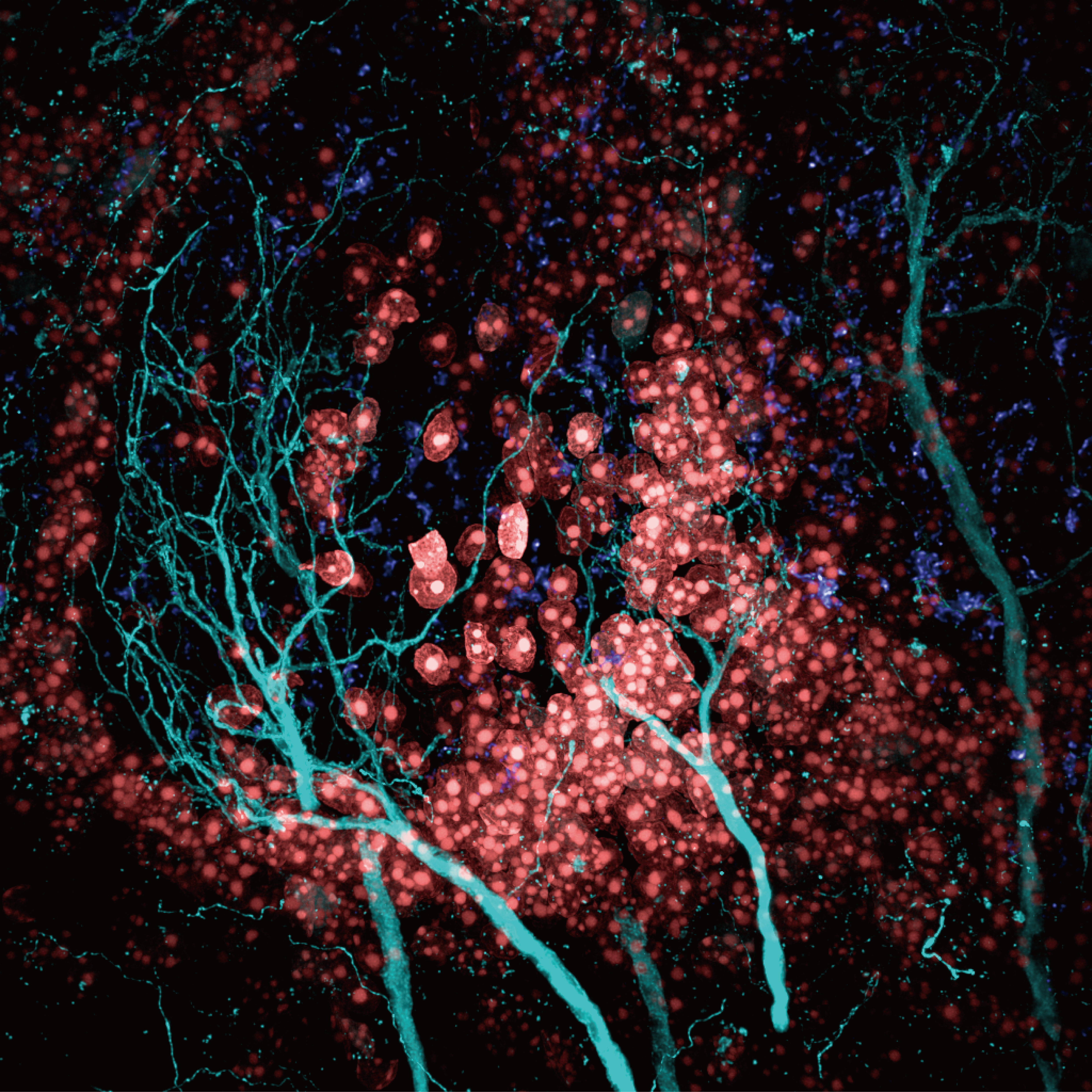
Katsuta Morikawa, Assistant Professor, Department of Biological Sciences
The mitral cells of the olfactory bulb extend their dendrites into the glomerulus where the axons of olfactory cells converge.
Award for Excellence
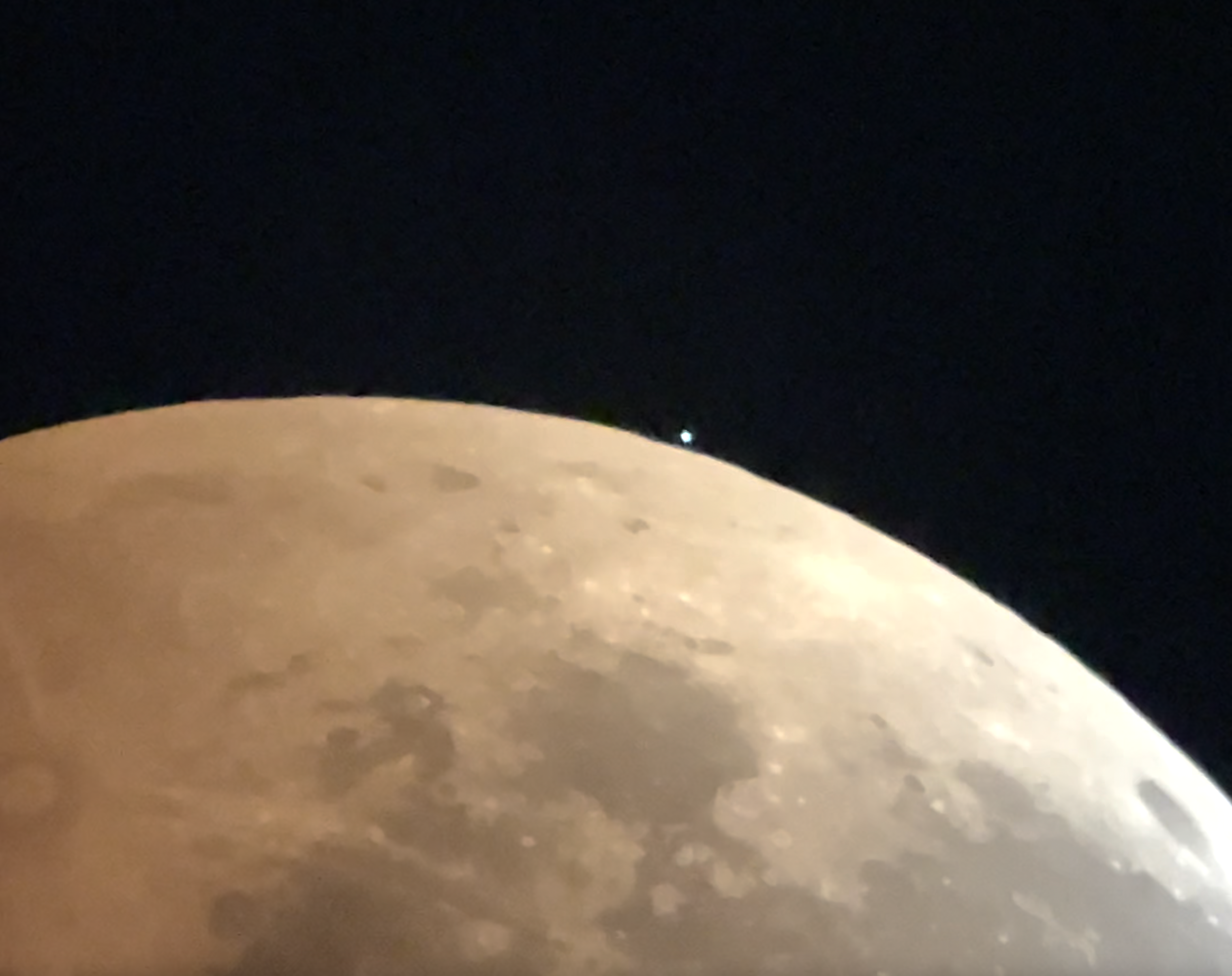
Lunar and Uranian Eclipses" Fumihiro Naokawa, 1st-year doctoral student, Department of Physics
Last November, a rare phenomenon occurred in which the moon hid Uranus during a lunar eclipse. I captured the moment just before the event with a telescope at the Komaba Campus and my smartphone. The contrast between the reddish moon and the blue Uranus was impressive.
Entries (in the order of receipt of entries)
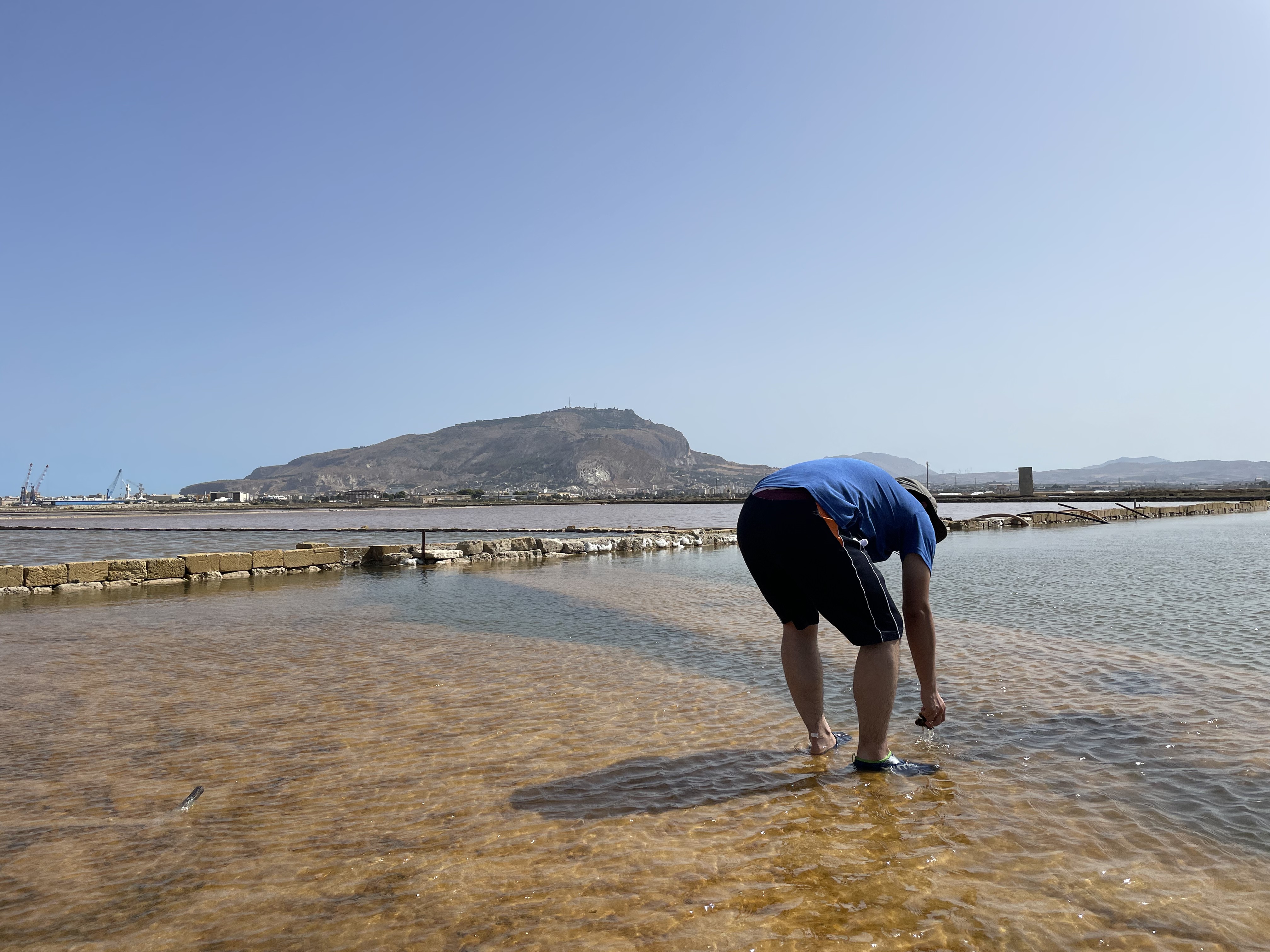
"Picking up Fallen Stones" by Satoshi Yoshihara, 1st year Master's student, Department of Earth and Planetary Science
This is a photograph taken during a field trip to Sicily by the Department of Earth and Planetary Environmental Science. The composition of the plaster being collected with the cloudless blue sky and sea of the Mediterranean Sea at the side overlaps with Millet's "Picking Up Fallen Gems," and I felt that the photograph is typical of the Department of Environmental Studies, which continues to face earth science wherever it goes.
"Delivering to the Honey" by Ryosuke Motoyoshi, 4th year Faculty, Department of Biology
A bee, lured by the vivid color of the flowers of the crenate, flies to the flower and thrusts its proboscis to suck the nectar hidden behind the long flower tube. At this point, the bee's face comes into contact with the tip of the stamen, and the pollen is transferred to and from the flower. This photo captures the climax of the pollination symbiosis.

Shingo Hirano, Project Researcher, Department of Astronomy
When I was conducting a simulation of the evolution of the universe, I made a mistake and advanced the simulation to the future. The universe is currently bustling with countless galaxies, but it seems that its old age will be a quiet one.
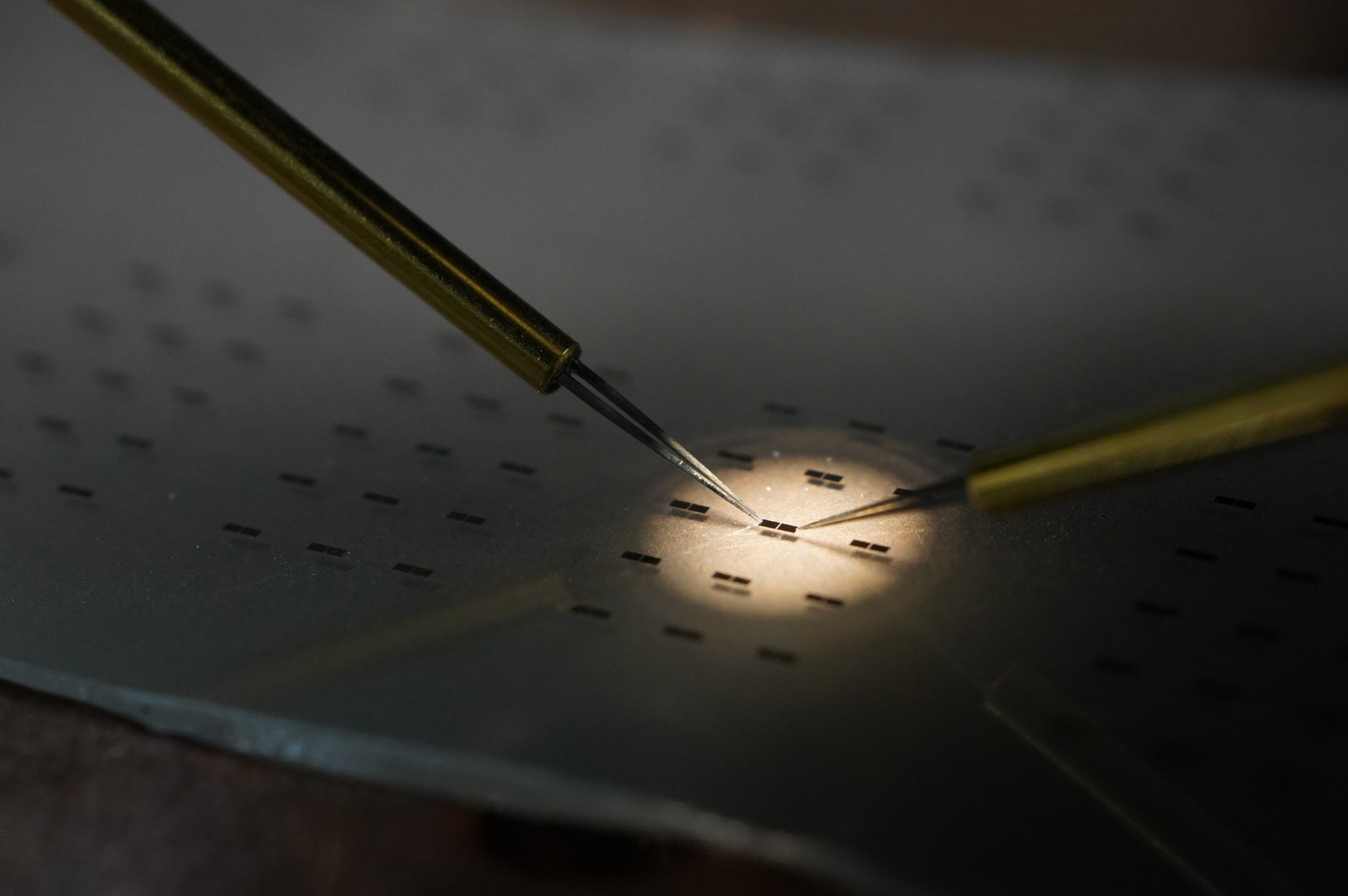
Health Checkup of Superconducting Quantum Bits" by Tatsukai Nitta, Project Assistant Professor, International Center for Elementary Particle Physics
Superconducting qubits (size: several hundred micrometers) made of titanium nitride and high-purity aluminum are lined up on a sapphire substrate. Resistance measurements using a four-terminal probe are being performed to predict their behavior at cryogenic temperatures.
Stars and Flowers on the Seafloor" Izumi Komori, Administrative Staff, Misaki Marine Biological Station
Bone fragments of trinoceros reef lilies are found in the sand during seafloor bioinvestigations at Misaki Marine Biological Station. The beautiful flower-like and star-like forms are fascinating, and the changes in color and shape, as well as the attached materials, remind us of the passage of time on the seafloor.
Stress marks on bones" Rikiya Hirano, 1st year master's student, Department of Biological Sciences
Porous changes in the upper wall of the orbit - cribra orbitalia. It is thought to be caused by iron deficiency anemia due to stress from malnutrition or infection in childhood. The cribra orbitalia found on ancient human bones provide a glimpse into the harsh lifestyle of the time and the people who survived it.

The flower color of the yabukarashi changes three times" Yuichi Tsukatani, Professor, Department of Biological Sciences
The flower bed of the yabukarashi was thought to change from orange to pink, but closer examination reveals that it actually changes from pink to orange and back again, and then turns pink again before falling off. This is the first discovery of such a case of multiple changes in yabukurashi.
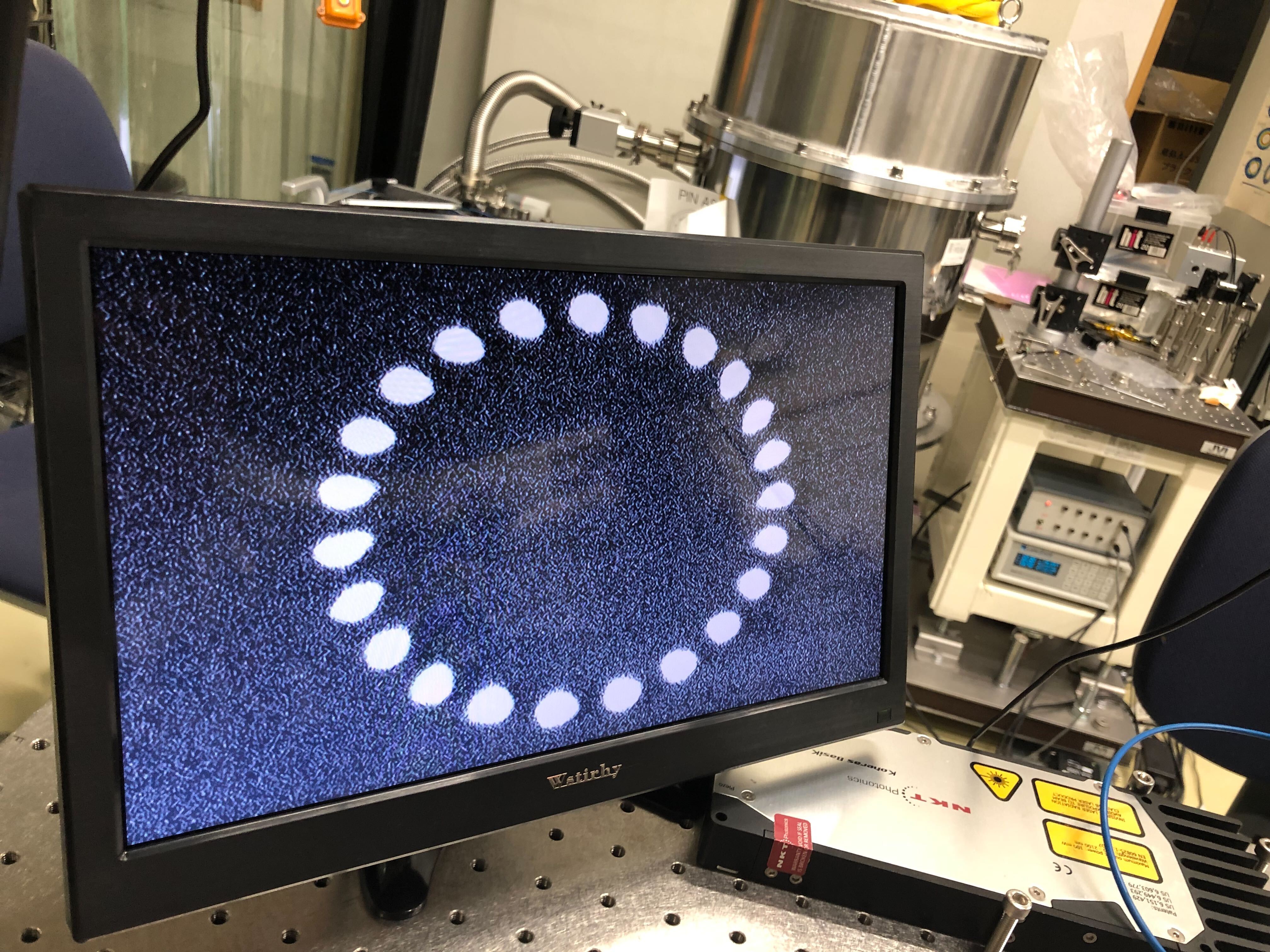
The Path Taken by Light" by YAMESHI KAMEDA, Department of Physics, 4th year, Faculty of Physics.
In the compulsory special experiment of the Department of Physics in the fourth year.
We were building an asymmetric Michelson interferometer in the lab, about 100 meters on a side, and this is a picture taken on the Delay Line, a mirror facing each other to make light travel back and forth several times.
The light must be reflected in a beautiful circle on the mirror used in the Delay Line, as shown in the photo, or the light will not interfere with each other.

Gazing Car" Creative Informatics Project Lecturer Chia-Ming Chang
We developed a novel interface called "Gazing Car," which utilizes "eyes" to indicate the attention of a self-driving AI. This innovative interface aims to enhance car-to-pedestrian interaction. Our research findings have demonstrated that the implementation of these "eyes" may significantly reduce traffic accidents.

Organic Synthesis by Design of Experiments + Machine Learning + Single Element Extension" Kohki Ikemoto, Associate Professor, and Hiroyuki Isobe, Professor, Department of Chemistry
We introduced a new strategy for optimizing reaction conditions in synthetic organic chemistry. We have added machine learning to design of experiment and introduced the traditional method of elemental expansion. Isohabe synthesized a large cyclic molecule that can incorporate multiple small organic molecules.

Tissue section of a toad larva" Taiga Yamada, 2nd year master's student, Department of Earth and Planetary Science
Tadpoles are cut into 8 μm thin slices and dyed blue for cartilage, purple for cell nuclei, and pink for cytoplasm. The right side is the mouth side and the left side is the tail side. Through the observation of cell morphology, a seemingly simple task, we are tackling the major theme of evolution.
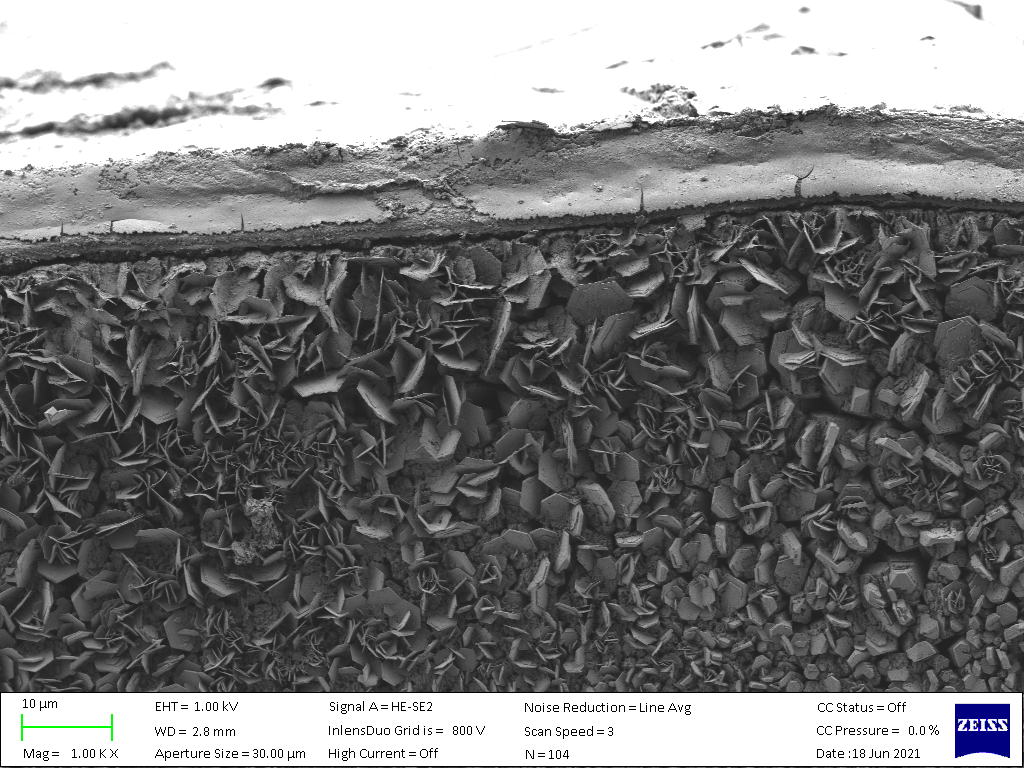
D. student Taro Yoshimura, University Museum, Department of Earth and Planetary Sciences (Takeru Sasaki Laboratory)
The crystals produced by life - biomineralization - have diverse and elegant forms. These crystals were captured by electron microscopy from the shells of mollusks living in ancient lakes. The microscopic world reveals how the present biodiversity has been shaped.
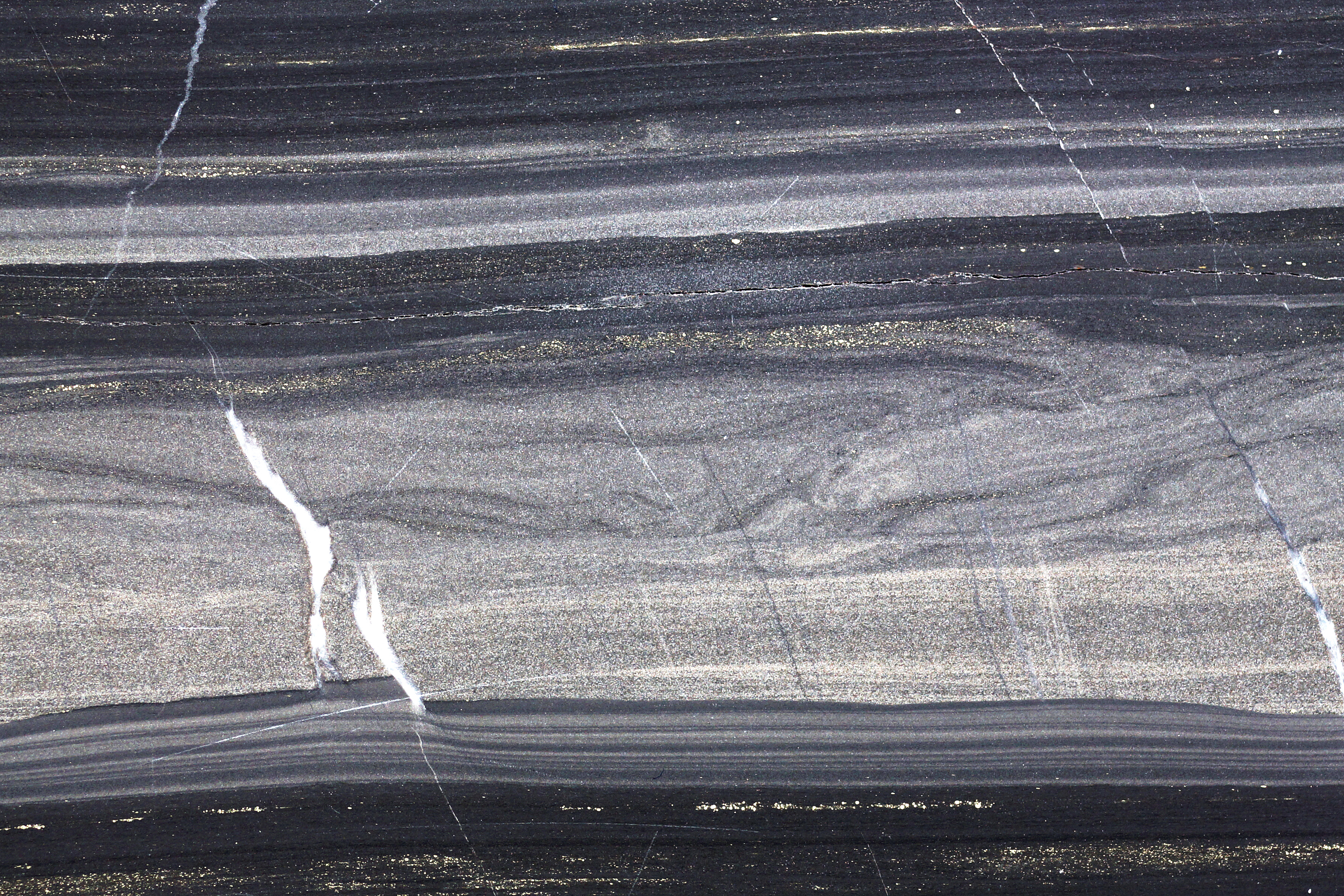
The Milky Way in the strata" by Mino Ishizaki, 1st year doctoral student in the Department of Earth and Planetary Science.
This is a stratum of sedimentary rock about 250 million years ago. When viewed outdoors, it appears to be nothing more than a gray outcrop, but when polished, it reveals a beautiful sedimentary structure made of sand and mud. The golden pyrite shines like a twinkling star in the night sky.
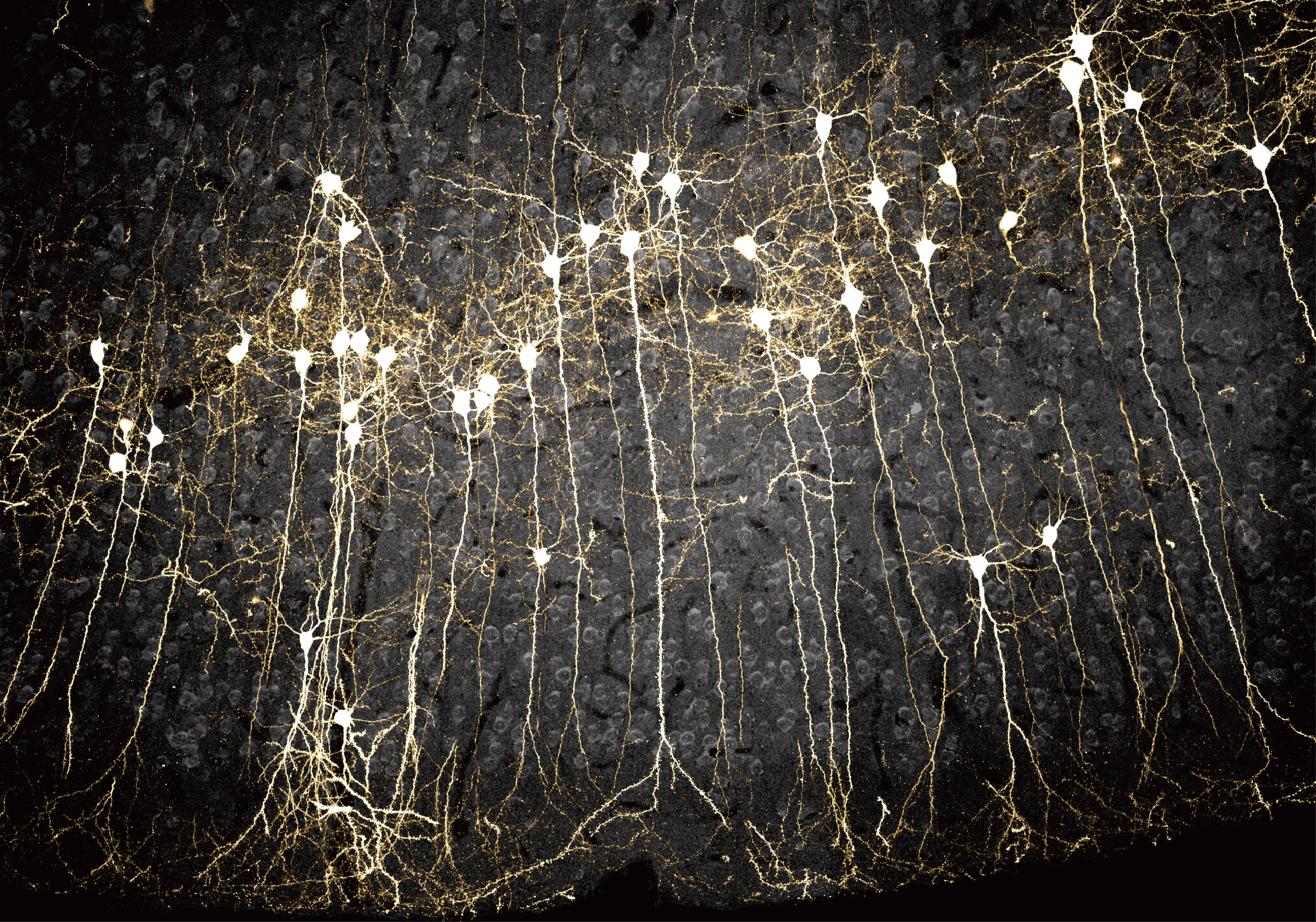
Katsuta Morikawa, Assistant Professor, Department of Biological Sciences
The neurons in the auditory cortex, which have synaptic connections to neurons in the amygdala, the center of emotion, were labeled using rabies virus.

Jōgashima Island" Hiroki Furuta, 3rd year Faculty, Department of Earth and Planetary Environmental Science
This is one of the key layers photographed during the Jōgashima expedition. I photographed the entire layer with a beautiful flame structure in the center.

Shibuya town" Department of Earth and Planetary Environmental Science, 3rd year Faculty member Hiroki Furuta
I took this photo from Shibuya Sky, which I visited during a natural geography field trip. The way geographical elements are utilized in urban development clearly shows the connection between geography and human beings.
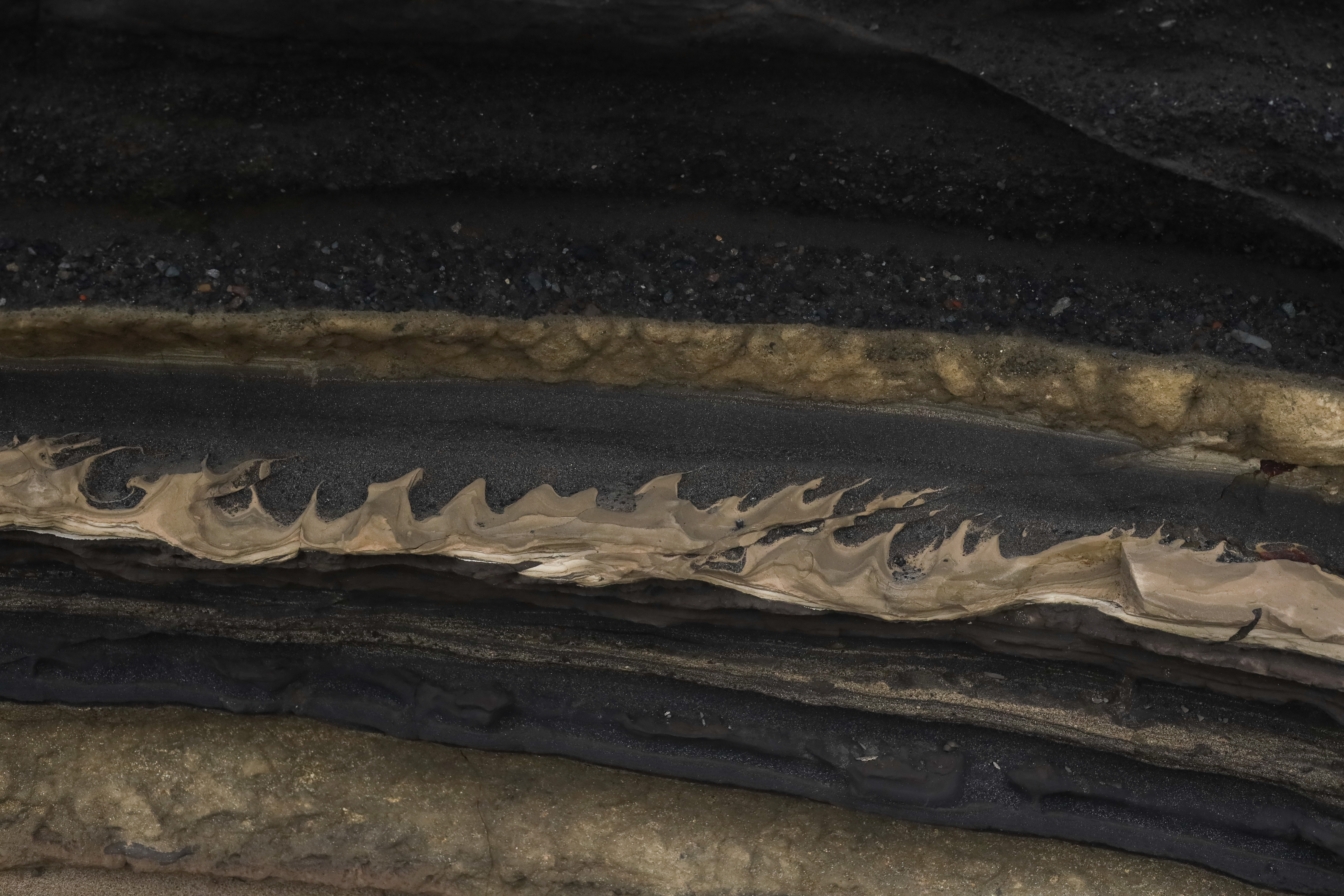
A Flame on the Ground" Hiroki Furuta, 3rd year Faculty, Department of Earth and Planetary Environmental Science
This is a flame structure photographed during a Jōgashima inspection tour.

Department of Earth and Planetary Environmental Science, 3rd year Faculty member Hiroki Furuta
I took this picture when I collected shell fossils as part of my practical training. There were creatures from long ago sleeping in the mysterious forest.
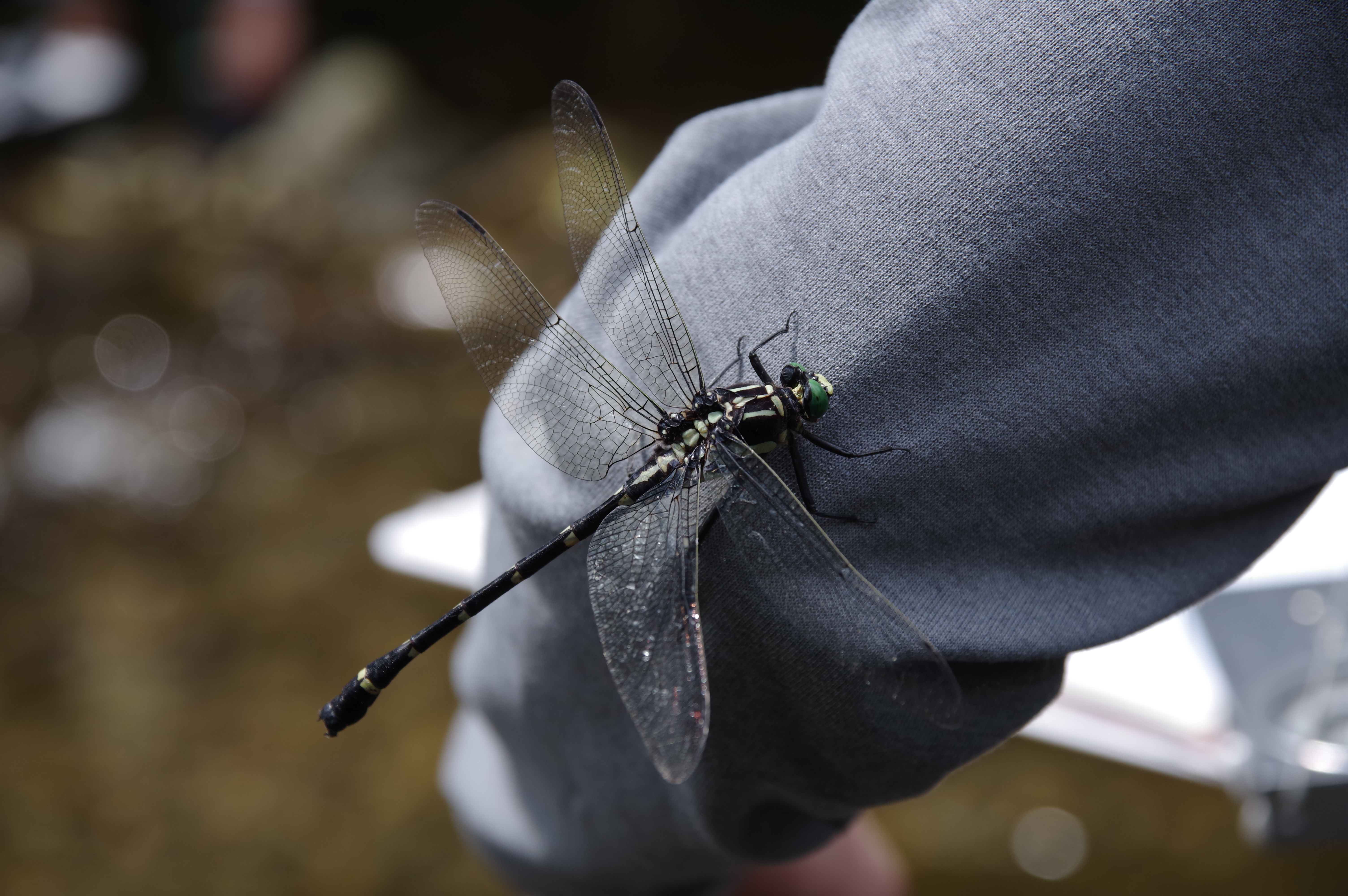
Observer of the survey" Tomohiro Ohno, 4th year of Faculty, Department of Earth and Planetary Environmental Science
During a geological survey exercise, this onyanma flew in out of nowhere and perched on a student's arm. I remember that it was the most exciting experience during the training because I had not seen it up close before.
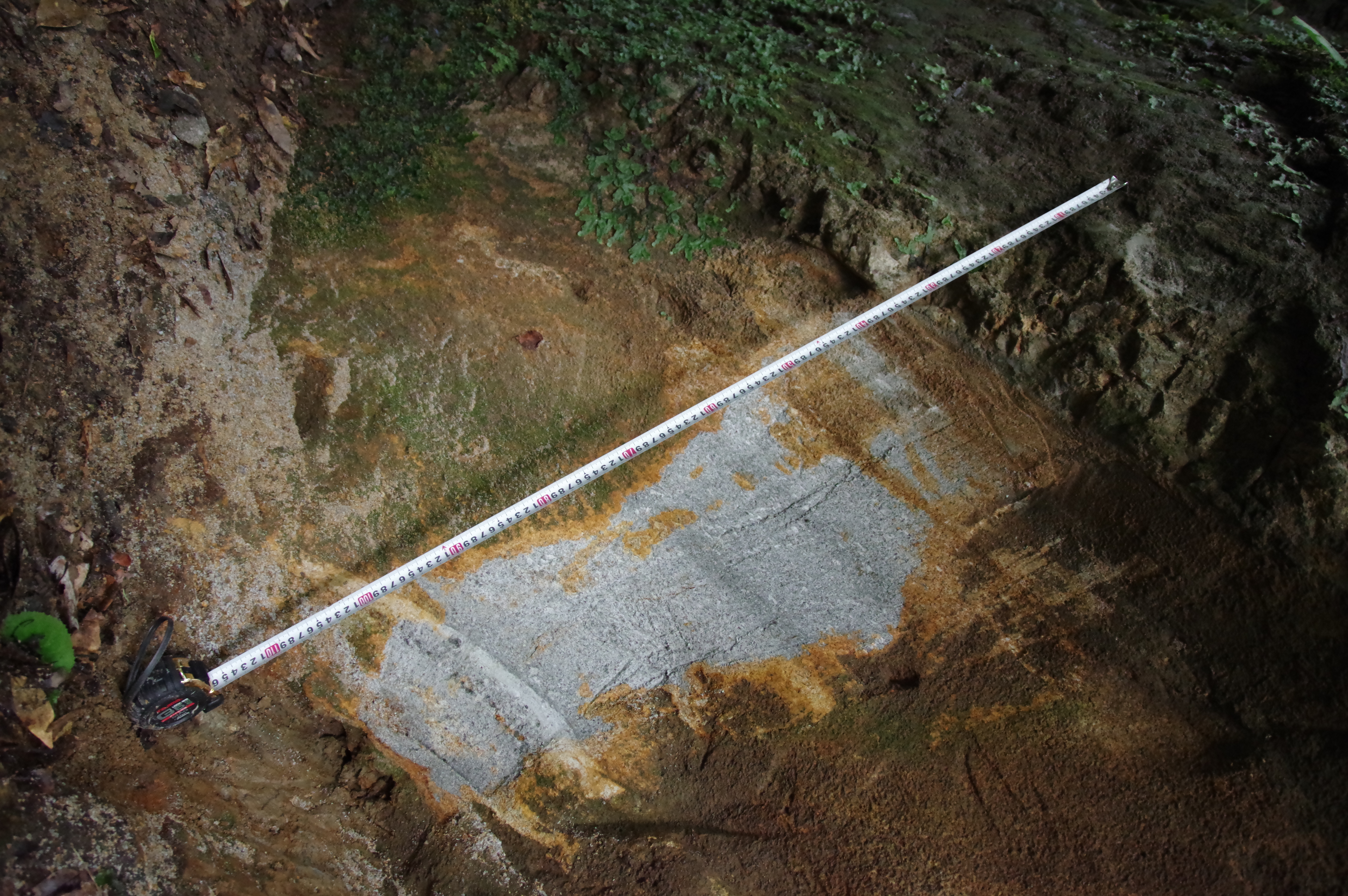
Key" Tomohiro Ohno, Department of Earth and Planetary Environmental Science, 4th year Faculty
This is one of the photographs taken at the Key Formation during the geological survey training. I submitted it because I liked the light.

Star Child" Takumi Tanaka, Department of Astronomy/Kavli IPMU, 1st year master's student
This image is a reconstruction of an image of a star observed with several filters of the James Webb Space Telescope from an observed image. Due to diffraction and other effects in the optics, a mysterious snowflake-like image has been achieved.
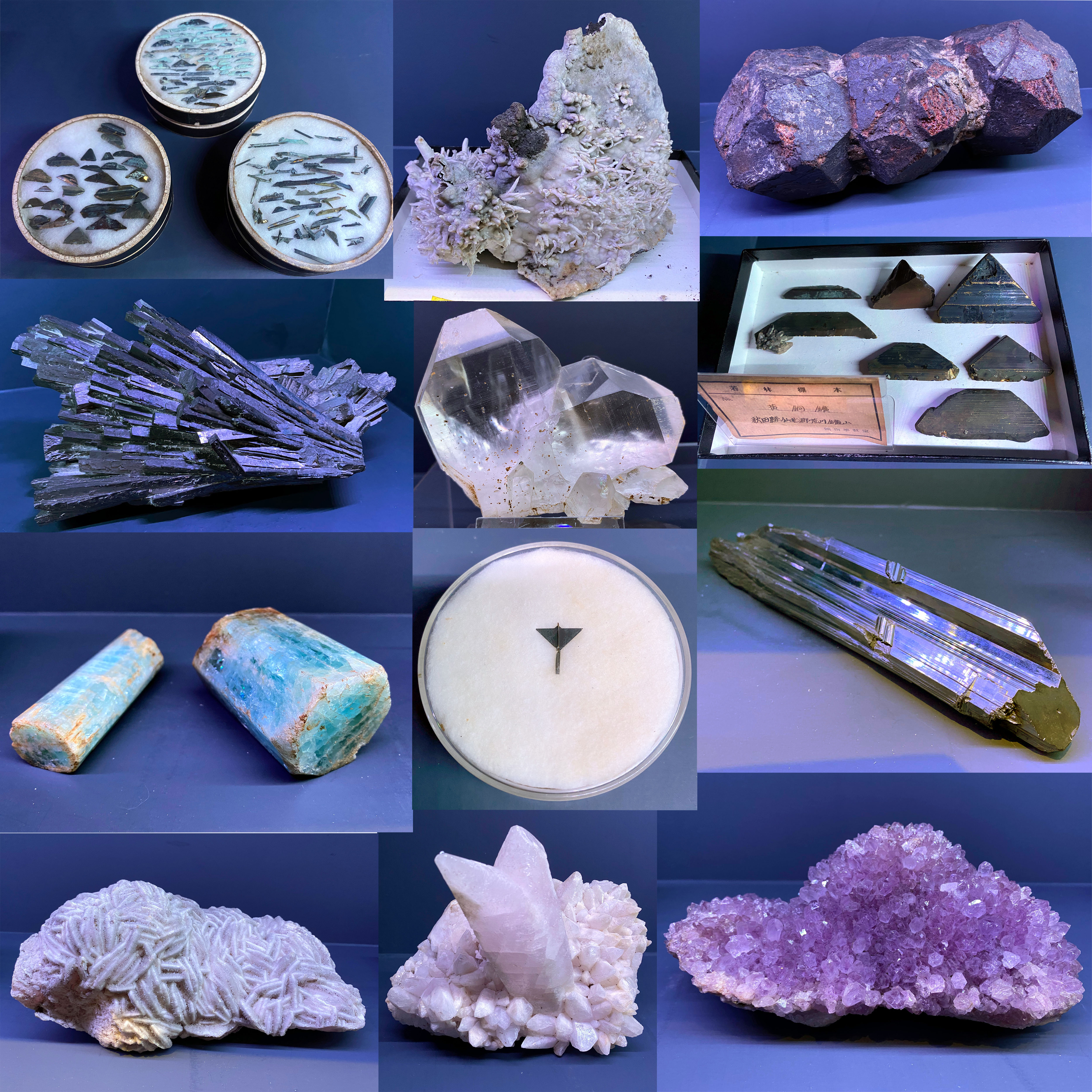
Wakabayashi Mineral Specimen" University Museum / Professor Takeshi Mikawachi, Department of Earth and Planetary Science
The Wakabayashi Mineral Specimens, one of the three major mineral specimens in Japan, were collected by Yaichiro Wakabayashi, a mining engineer at Mitsubishi Mining, and were donated to the Department of Mineralogy (now the Department of Earth and Planetary Environmental Science) in 1934.
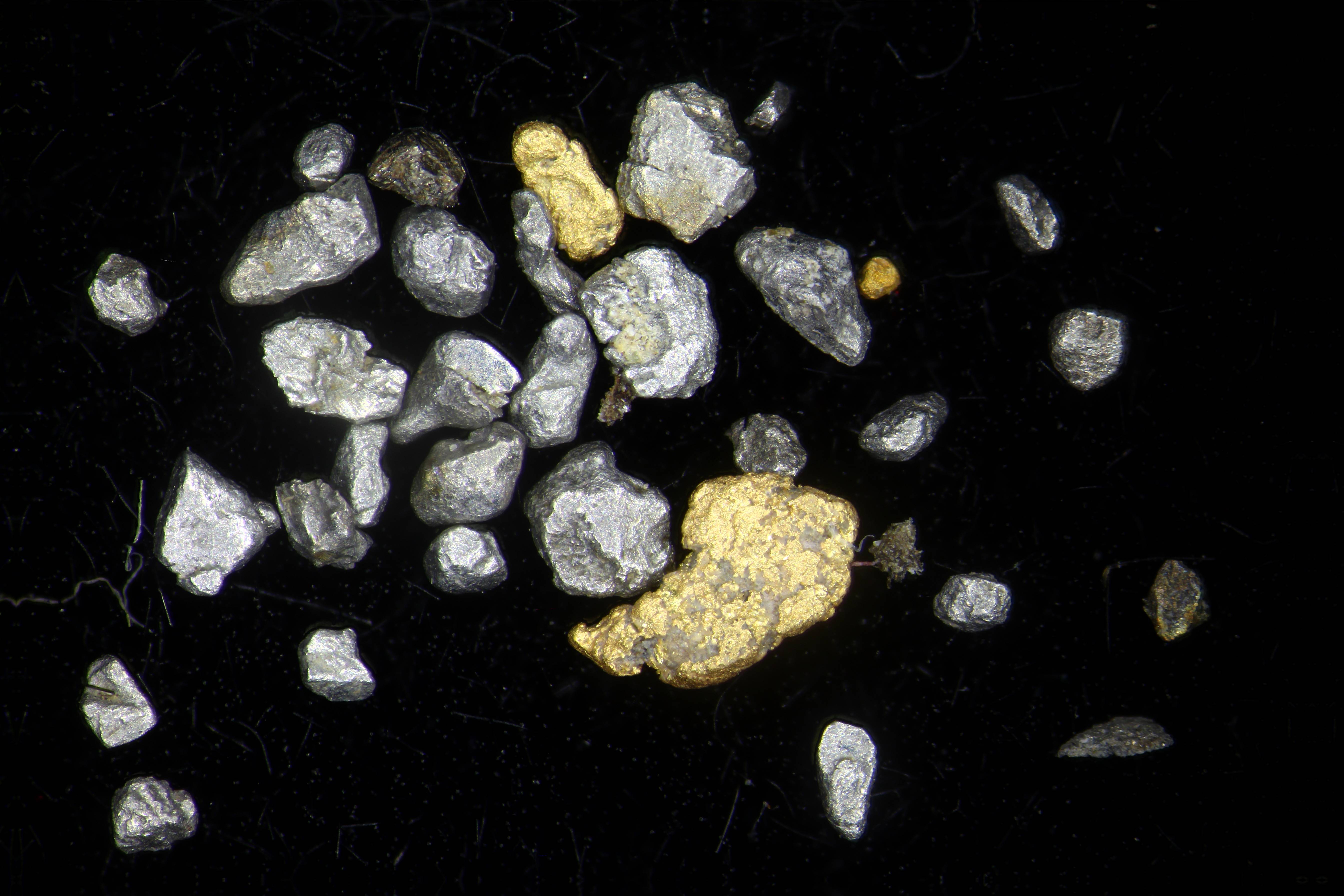
Keita Takahashi, Department of Earth and Planetary Environmental Science, 3rd year Faculty
In 2019, magma-derived platinum sand was newly discovered in Kumamoto Prefecture. The sand platinum is composed of isopyroxene-platinum ore, and was formed by Pt partitioning during magma differentiation. This photo was taken this year by the photographer, and will be used for future research.

The Mosaic detector in the scattering chamber" Center for Nuclear Study Department of Physics Doctoral Student Jiatai Li
A mosaic type Si array named Mosaic was made by aligning 128 pieces of Si photodiodes on the readout Printed Circuit Boards. It was developed to measure the charged particles produced in the heavy ion fusion reactions.

A Sea of Cells on the Tongue" Taiga Yamada, 2nd year Master's student, Department of Earth and Planetary Science
Cross-section of the tongue of a Japanese toad larva raised from eggs collected at the Komaba Campus. The tongue is a newly acquired organ during the evolution from fish to terrestrial vertebrates. Amphibian tongues develop during metamorphosis and are considered a key to solving the mysteries of evolution.

First-year Doctoral student Toshiaki Kazayama, Department of Chemistry, "Experiencing the 23rd power of 10
When you look at a vial through a microscope, you can see many crystals. These crystals are metal complexes containing small organic molecules. You can experience Avogadro's number (6.02 x 10^23) of small organic molecules dissolved in a solvent, which you cannot usually see.
Night Encounter on Iriomote Island" by Suda, 1st year Master's student, Department of Biological Sciences.
On the last night of the field training held on Iriomote Island, I heard animal noises during a walk. Under my breath I peeked into the dark forest and saw an Iriomote wildcat.



